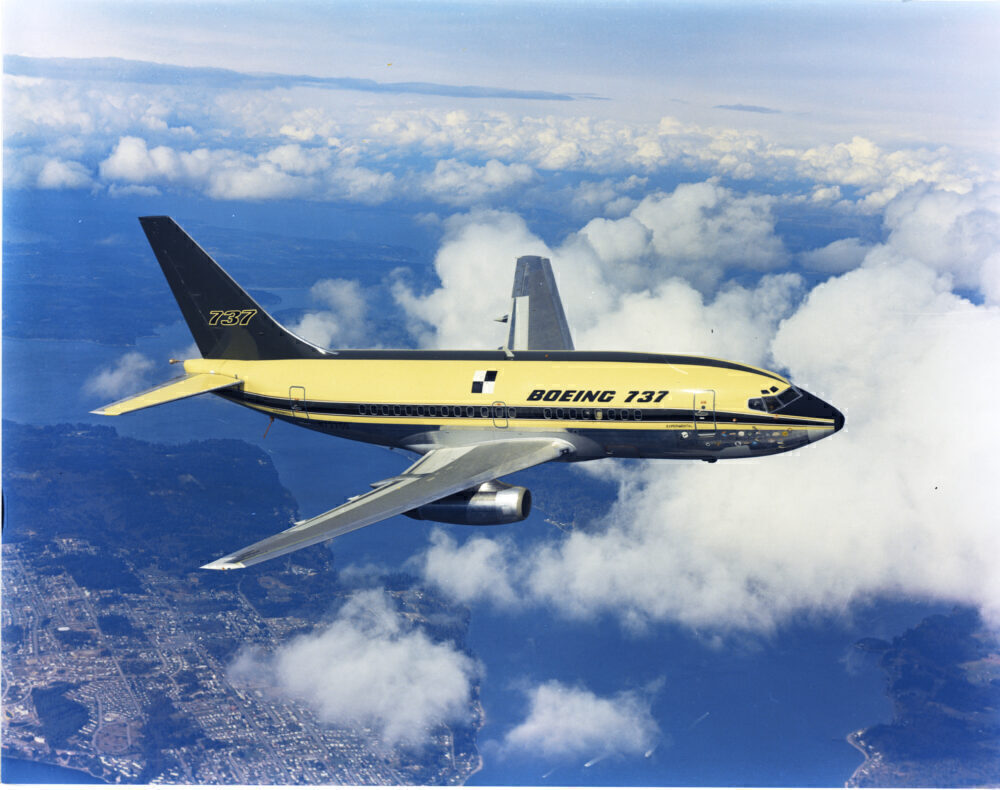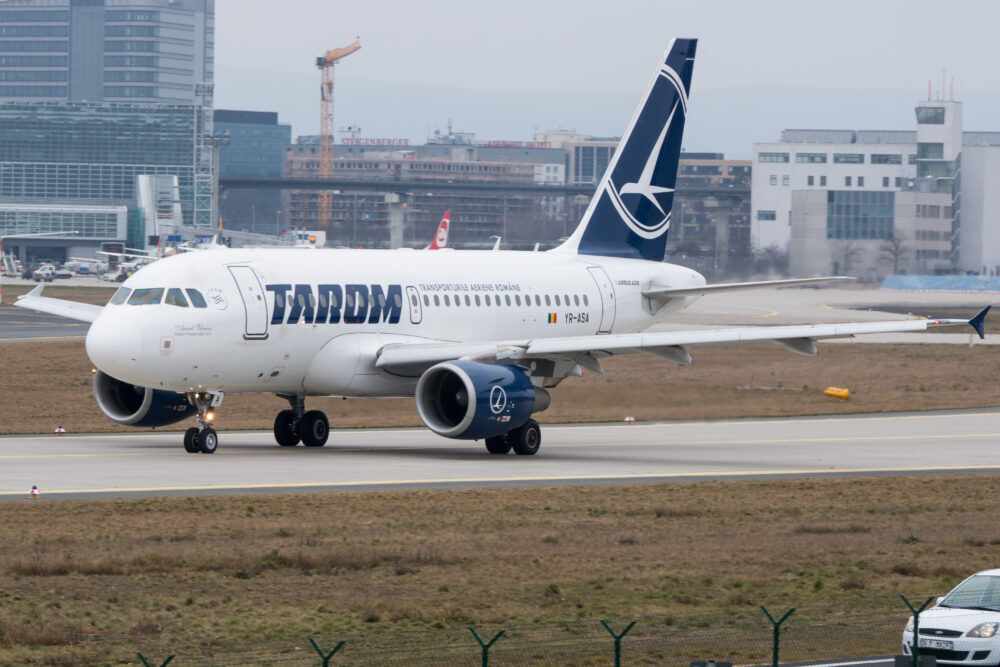The Boeing 737 is the most sold jet aircraft and has been in production for over 50 years. With the newest 737 MAX variants entering service now, it is easy to forget the Original Series aircraft that launched in the late 1960s. In particular, how small they were compared to the 737s flying today.

Launching the 737-100
The Boeing 737 was envisioned in the 1960s as a supplement, and eventual replacement, to the popular Boeing 727. The first variant, the 737-100, first flew in April 1967 and entered service with Lufthansa in February 1968. It brought in many advances for Boeing – including just two engines, mounted under the wings, and six across seating.
What it didn’t bring, though, was size. It had a total length of just 28.65 meters (94 feet). And it offered a typical two-class capacity of just 85 (with a maximum exit limit of 124).

To put this into context, consider the current 737 MAX series. The shortest of the series, the 737 MAX 7, is 35.56 meters (116 feet 8 inches) long. And the largest 737 MAX 10 (that just took its first flight in June 2021) is 43.8 meters (143 feet 8 inches) long.

One of the smallest jets
How did it compare at the time of launch, though? In summary, it was small! The 727 that it replaced was a much larger narrowbody – the smallest 727-100 was 40.59 meters (133 feet 2 inches) long. It was, of course, a three-engine aircraft, however.

Airbus was a long way from launching a narrowbody at the time (it only formed in 1970, and started with the widebody A300). Other competing aircraft included the Douglas DC-9 and the BAC One-Eleven. The DC-9 was a slightly larger aircraft. But the original variants of the BAC One-Eleven were just a little bit smaller – at 28.5 meters (93 feet 6 inches).
Upgrading with the 737-200
The 737-100 did not last long. Only 30 aircraft were built, and the majority of them saw service with Lufthansa. Early in the 737 program, United Airlines had requested a larger model, and this was developed as the 737-200. It stretched the fuselage by almost two meters. With this, it took typical capacity up to 102, from just 85. The 737-200 entered service with United Airlines in April 1968, and Boeing sold over 1,100 aircraft.

The following Classic, Next Generation, and 737 MAX series are all larger than these 737 Originals. There has never been a return to the size of the 737-100.
None of the Airbus A320 family have been as small as the 737-100 either. The smallest A318, for example, has a length of 31.44 m (103 feet 2 inches).

Narrowbodies going smaller
Looking at the size of these early 737s raises an interesting point about current narrowbodies. Boeing and Airbus’narrowbdies have gradually increased in size over the years. But there is another market of smaller regional aircraft that offers a similar size capacity to the smaller, original 737s. The smallest Embraer E170, for example, is just under one meter longer than the 737-100 and offers a single class capacity of up to 78.
This may be something we see more of from Boeing and Airbus going forward. Airbus has the A220 (formerly known as the Bombardier C-Series), and Boeing has the Boeing 717 (formerly the MD-95). During the slowdown in 2020, the A220 was one of the most active of any aircraft. If the trend for lower capacity point-to-point routes continues post-pandemic, we may see renewed interest in going smaller.

The 737-100 was an important aircraft for Boeing, introducing its narrowbody series that still remains well in production over 50 years later. Feel free to discuss the aircraft and narrowbody developments further in the comments.
from Simple Flying https://ift.tt/3lIzvR3
via IFTTT
Comments
Post a Comment